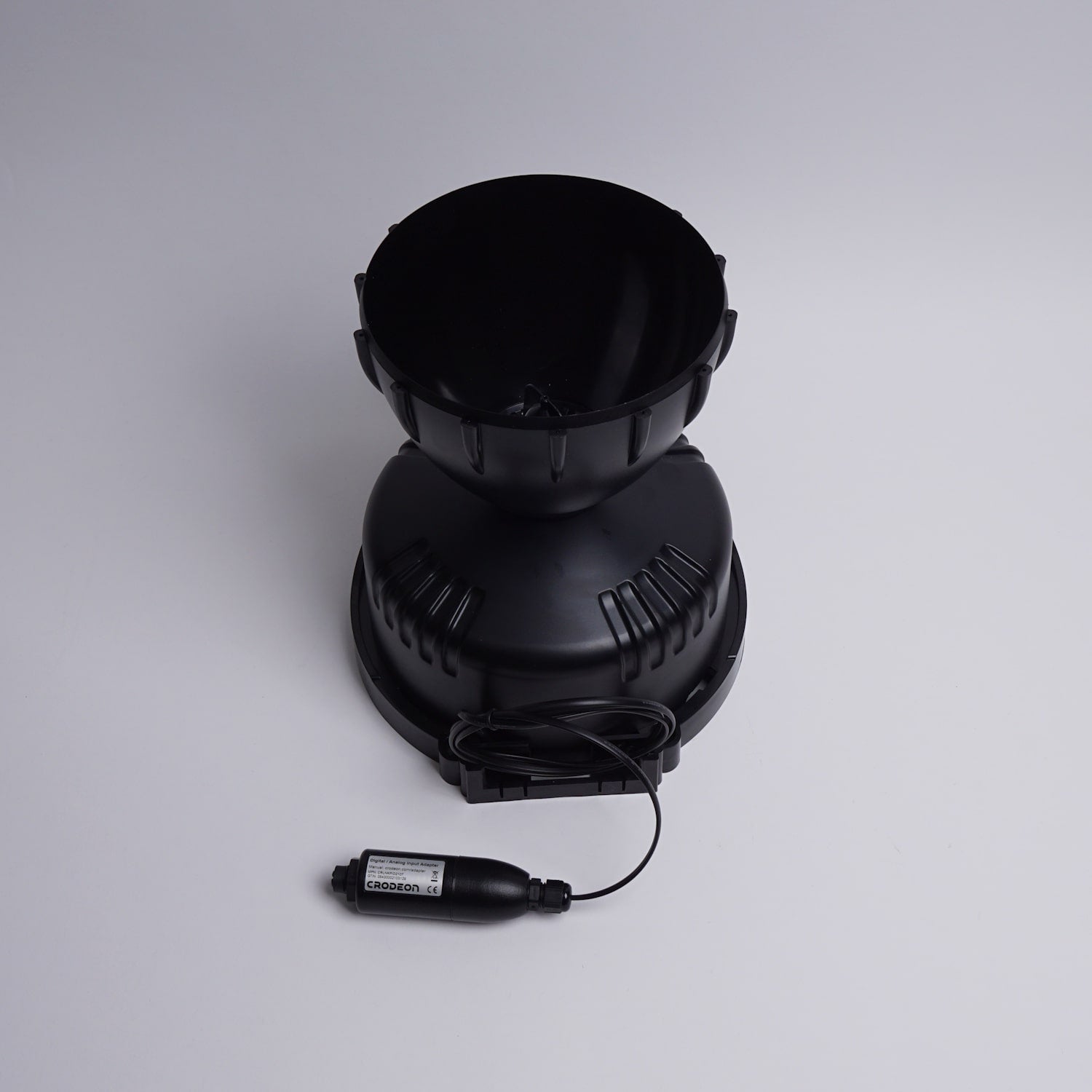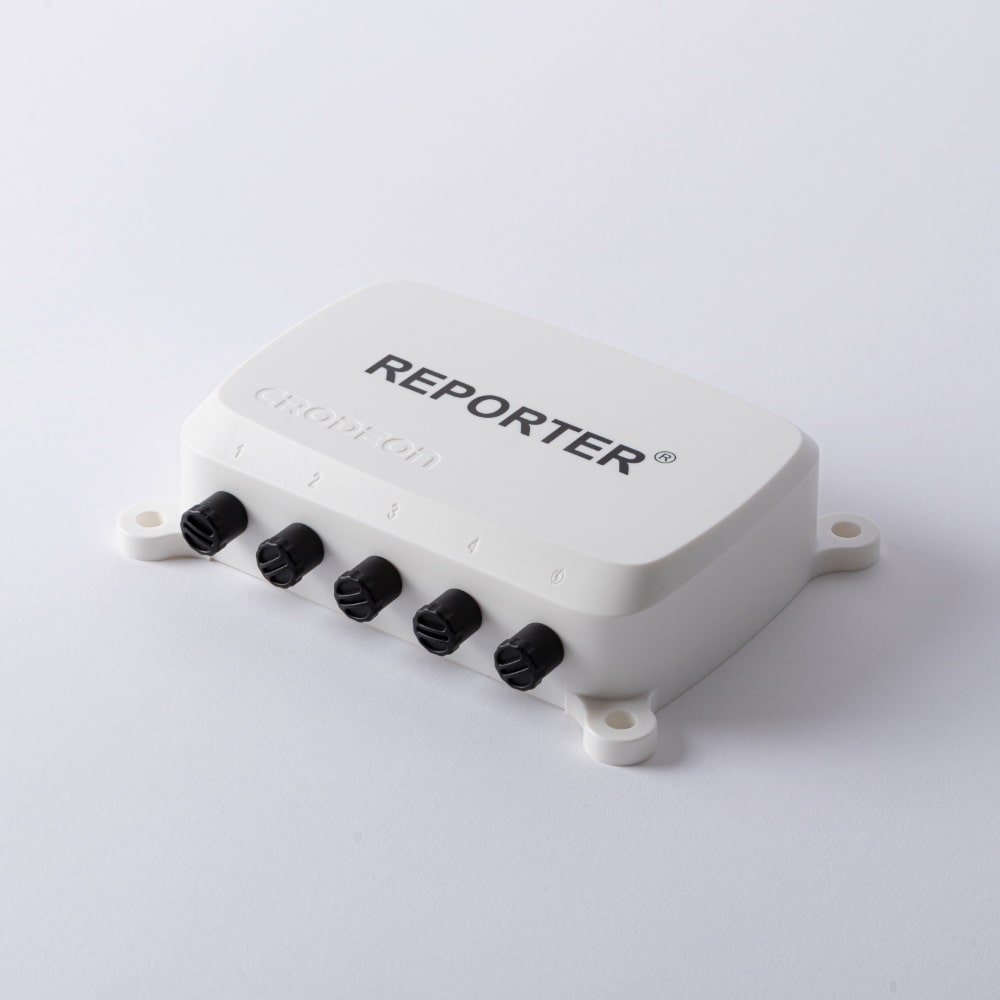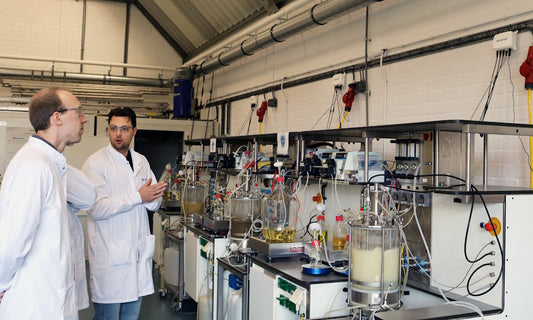A professional remote monitoring rain gauge with digital measurements

As the world becomes increasingly digital, even the weather is being monitored remotely with the help of a professional rain sensor (rain gauge). Whether you're a farmer, industrial site manager, festival organiser or run a construction firm, a remote rain gauge can be a valuable tool. In this article, we'll explore the benefits of a remote monitoring rain gauge for professionals.
The benefits of a professional rain sensor
A professional rain gauge, also known as a professional rain sensor, is a device that measures precipitation levels. These devices are used in a variety of settings, including agriculture, construction, industry and festivals. One of the main benefits of a digital remote rain gauge is that it allows for remote monitoring. This means that you can keep track of precipitation levels from anywhere, even if you're not physically present.
For professionals, this sensor can be especially useful. By monitoring precipitation levels, you can make informed decisions about when to plant crops or when to schedule construction projects. For industrial sites it gives more insights into how much water is available to use in the factory, for example in condensation systems. Festival and event organisers can use the rain gauge to keep track of whether a raincloud is approaching the festival site. In addition, a remote rain gauge can help prevent flooding and erosion by alerting professionals when precipitation levels reach a certain threshold.

More uses than a consumer-grade system
When it comes to choosing a rain sensor, professionals often opt for a professional rain gauge rather than a consumer-grade model. Professional systems are typically more accurate and reliable, and they can be modified to meet specific needs.
A professional system for example, allows you to connect your sensor through a REST API. This way you can effortlessly integrate your rain measurements into your own data collection software.
In addition, a professional digital remote rain gauge often comes with features such as remote monitoring and alarm notifications. This means that the system can warn you in real-time while still measuring and collecting data.
The Crodeon rain sensor
At Crodeon, we offer a digital remote rain gauge which gets connected to our sensor module called Reporter. Reporter is a plug & play sensor module with four connectors. This allows you to attach up to four different sensors such as the Davis professional rain gauge or the all-in-one weather sensor that also measures rain. Reporter is ideal for remote monitoring and measuring in difficult-to-reach areas.
Reporter gives you the ability to activate alarm notifications, which is especially useful for professionals who need to be alerted when precipitation levels reach a certain threshold.

Why you need a remote monitoring rain gauge
There are several reasons why a remote tipping bucket rain gauge sensor could help your project:
- To keep an eye on rain on your field, construction site, research site, festival site or factory.
- To be warned when your project is at risk.
- To measure the amount of rain that fell and when.
- To conduct extensive research about your local weather patterns.
- To know when extra irrigation is needed or not.
… all available online 24/7, with real-time updates.
The power of cellular data
When it comes to remote monitoring, a rain gauge with cellular data connection is often preferred over a WiFi connected sensor. This is because cellular data is more reliable and more readily available than WiFi.
Trusting in the sun
Reporter operates on solar power through a small solar panel, making it an ideal solution for remote areas where grid power may be unavailable.
Start measuring with your professional rain gauge today
In conclusion, a remote rain gauge is a valuable tool for professionals in a variety of industries. By choosing a sensor that works with a system such as Reporter, professionals can enjoy the benefits of remote monitoring and alarm notifications. And with the ability to operate on solar power and cellular data, Reporter is the ideal solution for remote areas where grid power may not be available.
Don't hesitate to contact us if you have any questions or have a look at our other Smart Weather solutions.

FAQ
How does a digital rain gauge work?
A digital rain gauge or rain sensor measures rain through a tipping bucket sensor. This is a little spoon-shaped cup that tips over when a certain weight is being exceeded. Every time the ‘spoon’ is emptied, the sensor registers this. One ‘spoon’ equals a certain amount of water, the more the spoon tips over, the more rain has fallen. This allows the sensor to accurately measure how much rain has fallen within a certain timeframe.

Which rain gauge is used in remote areas?
The Crodeon weather station with an integrated rain sensor is an excellent example of a rain gauge that can be used in remote areas. The weather station connects to our sensor module called Reporter. Reporter transfers its data through the GSM network (cellular data) and is able to be fully solar-powered. This makes remote monitoring incredibly easy, as you don’t need to worry about WiFi or grid power.















